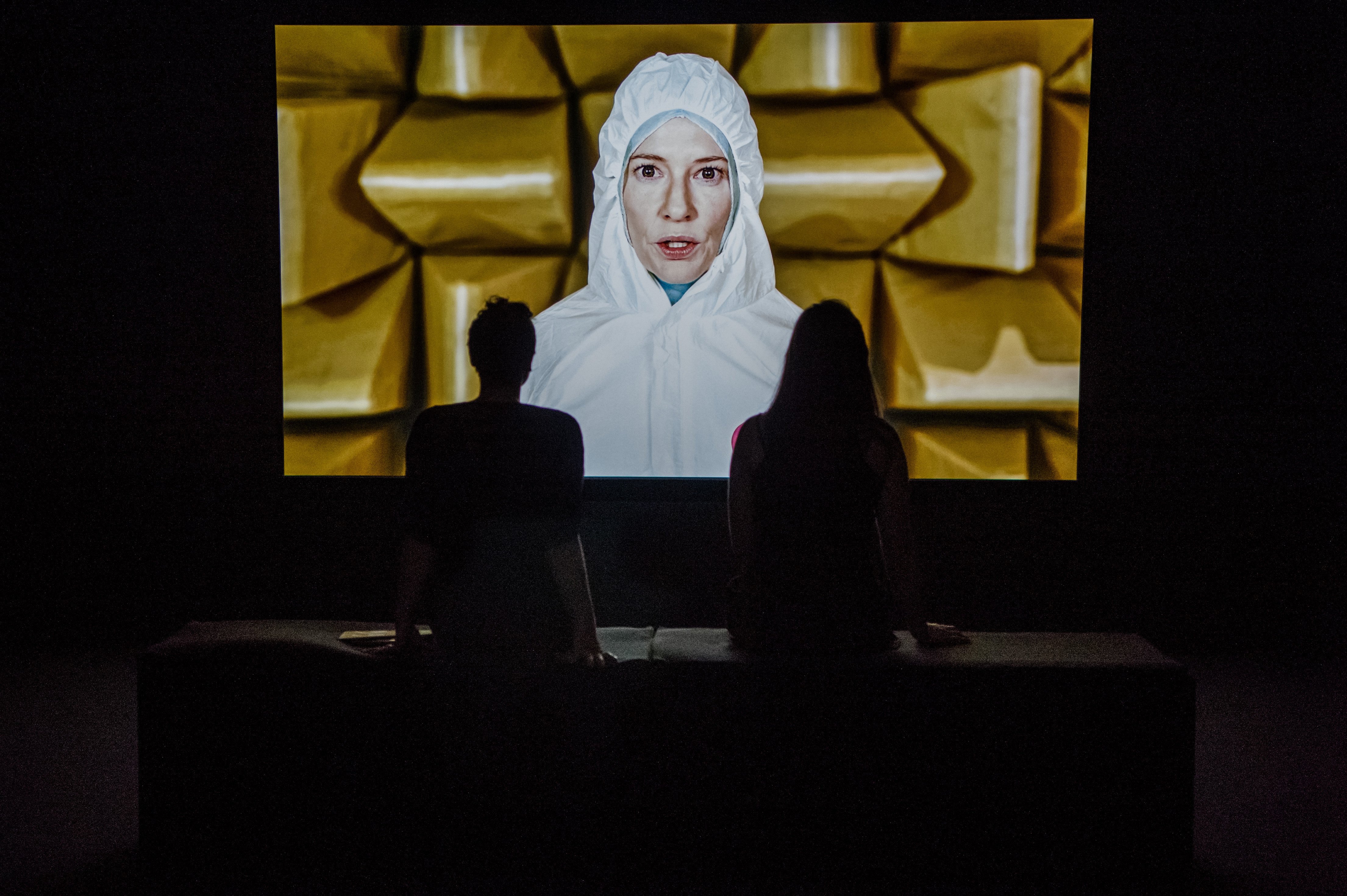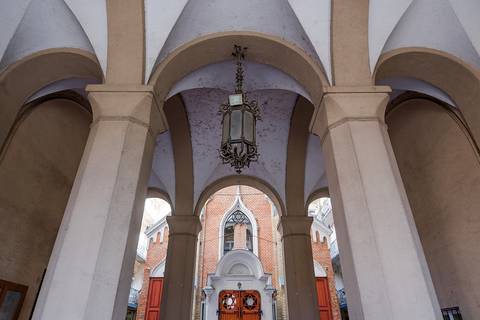A piercingly provocative multi-channel video installation should entice spectators to the Hungarian National Gallery this summer. Starring award-winning Cate Blanchett, the highly immersive Manifesto project by German artist Julian Rosefeldt presents modern-day characters through 12 scenes, all played by the Australian actress and each projected on an individual screen. Appearing as a homeless man, a teacher, then as a stock broker, Blanchett in her varied roles recites a collage of declarations that had significant impact on arts and history, including manifestos of Communism, Dada and Futurism.
This palatial exhibition space in the Castle District is primarily known as a chronological showcase of Magyar art and for its monumental temporary displays of globally acclaimed paintings, sculptures and photography. These demonstrations generally attract a vast if mainstream audience to the Hungarian National Gallery. However, this latest presentation, the motion-picture series by Julian Rosefeldt, should engage visitors who prefer their contemporary arts with a touch of controversy.
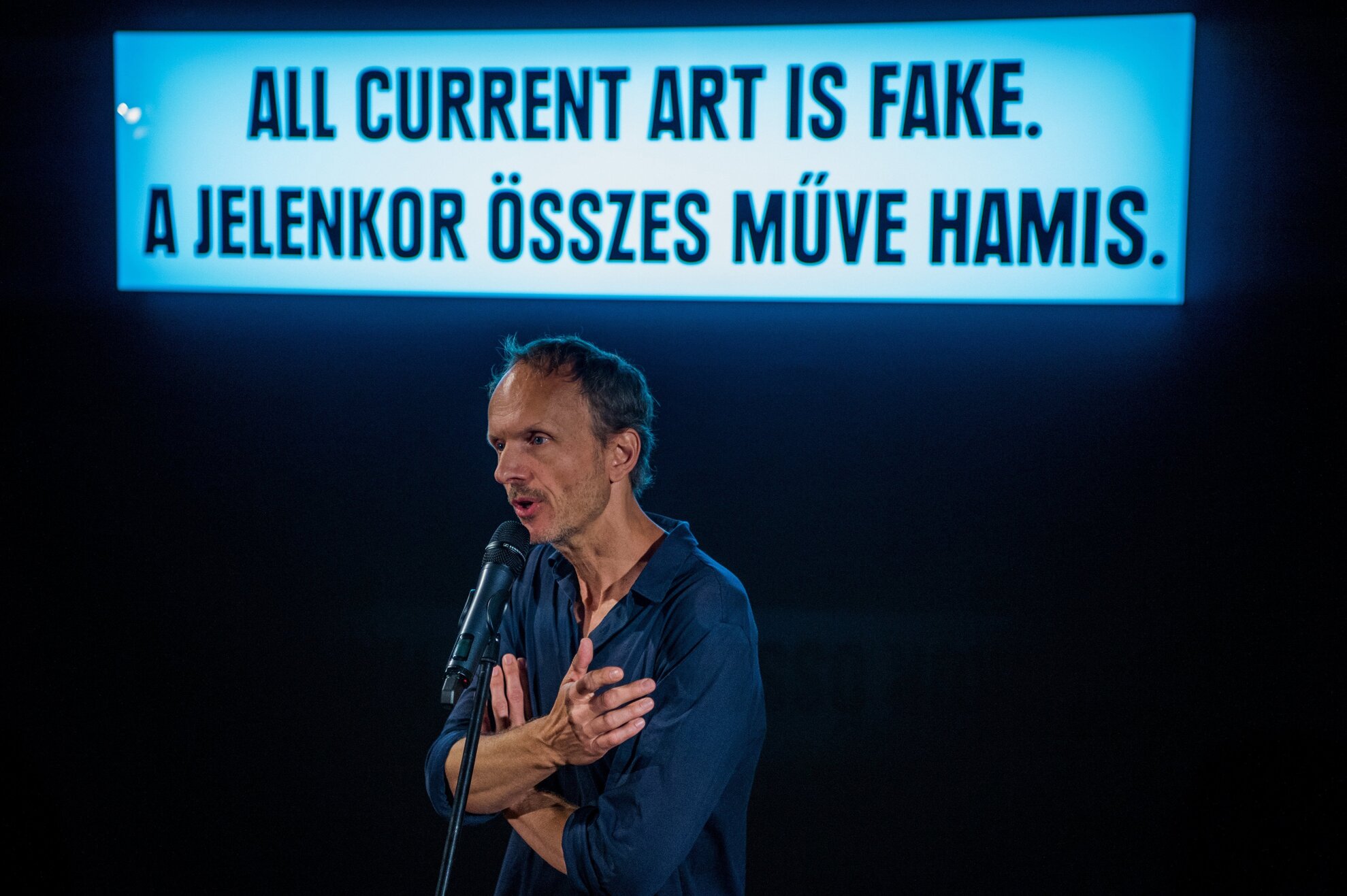
“A few years ago, I was doing research for another project, when I stumbled upon two manifestos that I hadn’t heard about before and it inspired me to read more of them,” explains Rosefeldt at the exhibition opening, struck by the beauty of the poetic language these progressive proclamations presented.
The artist, who met Cate Blanchett at another of his exhibition years before, convinced the actress to join him for his unconventional video project, inspired by over 50 manifestos he read, for which the Oscar-winning star would play various characters.
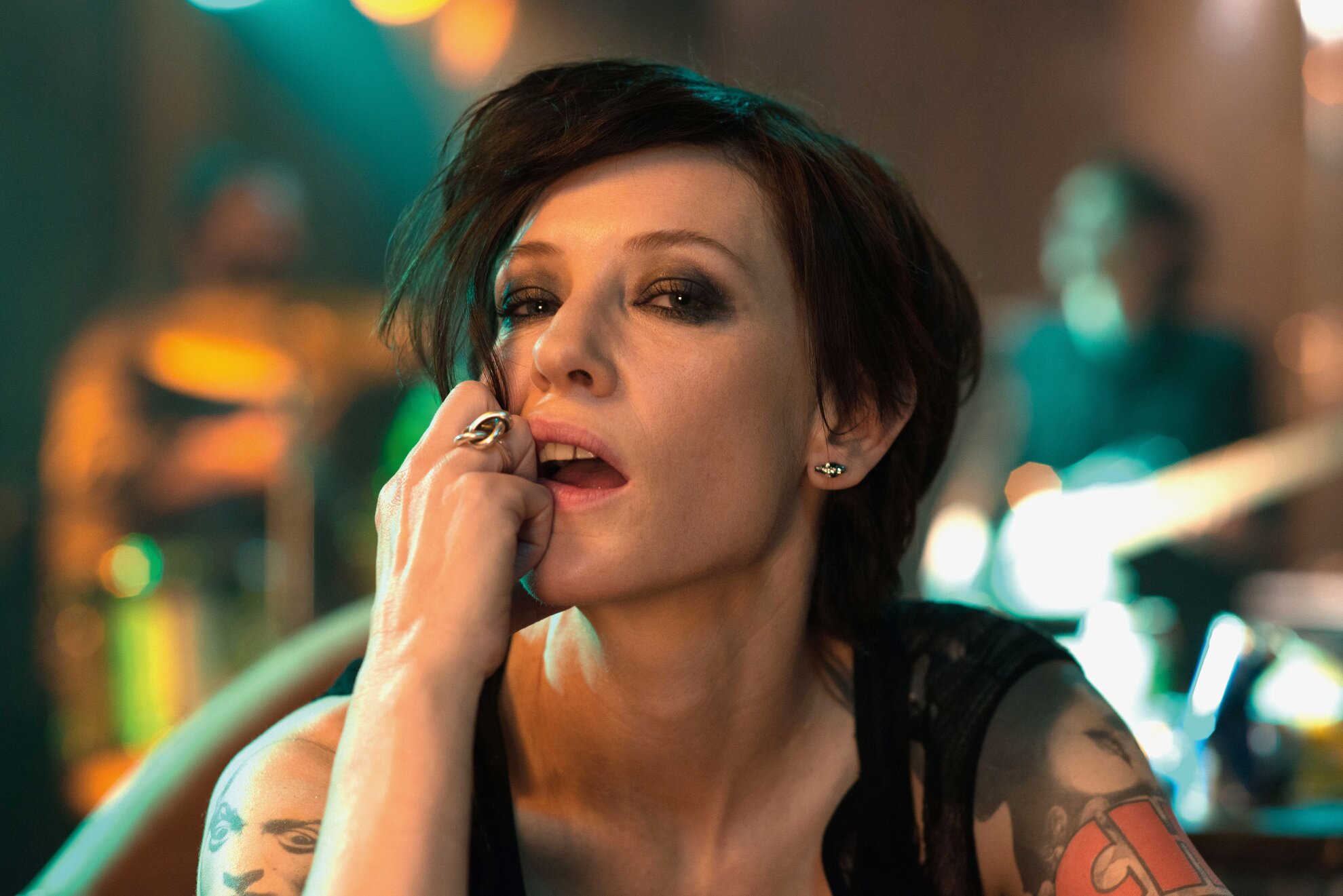
“She really liked the concept,” said Rosefeldt. “We had just 11 days for the entire shooting, as Cate was very busy with other projects,” he added. And while all of Blanchett’s characters speak in English, using a different accent in each role, almost every scene was recorded in and around the German capital.
“I wanted to shoot in Berlin without making it very visible that it’s actually Berlin,” added the artist. “It was important for me to find locations that were enigmatic and unknown to the audience. You, as a viewer, can then try to make sense of what you see and hear and how these relate. Everyone can interpret the scenes in their own way”.
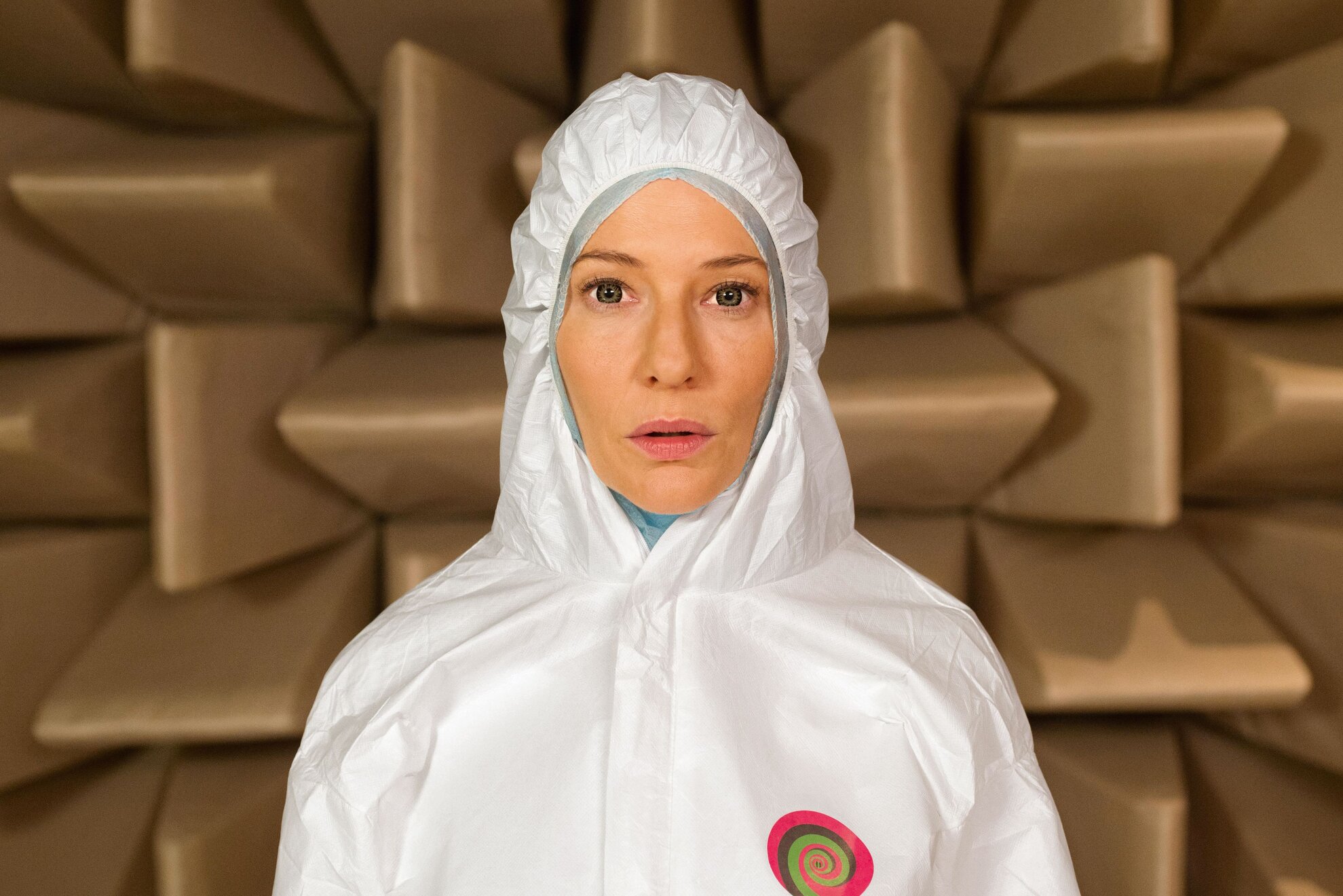
In the Hungarian National Gallery, snippets of the various manifestos welcome visitors at the entry hall of the display, each presenting a portrait of Cate Blanchett appearing in her disparate roles. On the opposite wall, a timeline shows major thinkers and artists that inspired Rosefeldt’s work, beginning with the Manifesto of the Communist Party by Karl Marx and Friedrich Engels.
But you will also find manifestos of such modernist and avant-garde movements as Vorticism, Stridentism and Minimalism or the controversial cinematic movement of Lars von Trier, the Dogme 95. One inspiration from the 21st century includes American film director Jim Jarmusch’s Golden Rules of Filmmaking from 2002.
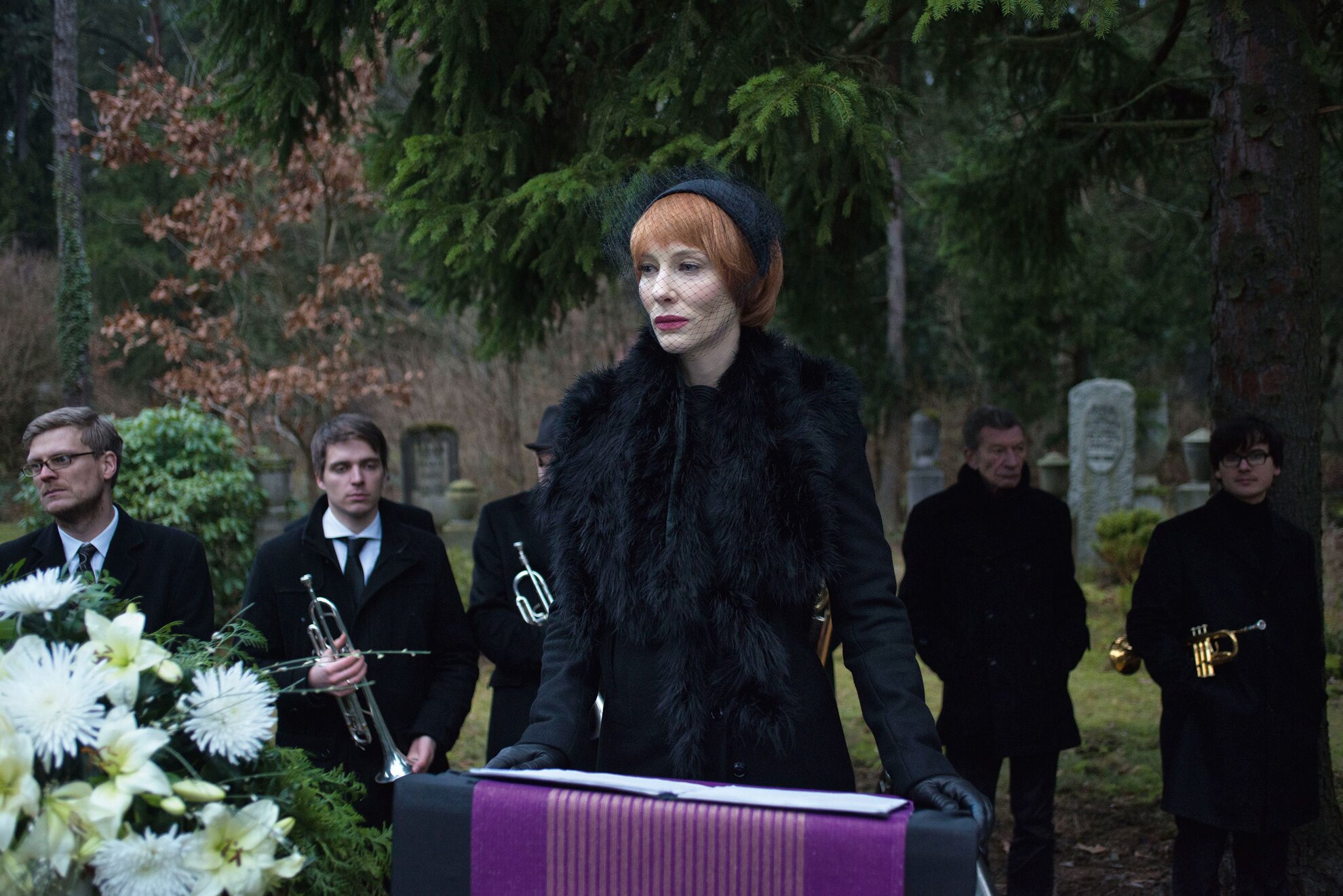
The artist also stressed that with his videos he wanted to make complex philosophical texts more accessible to the audience: “I used 55 manifestos that I rearranged into 12 text collages, integrating different manifestos into one scene”.
Blanchett talks Dadaism while appearing as a funeral speaker, Surrealism as a puppeteer, Futurism as a broker and Creationism as a tattooed punk. While she transforms these ordinary characters into mystical beings, the actress always plays a female figure, except in one scene, when she assumes the role of a homeless man.
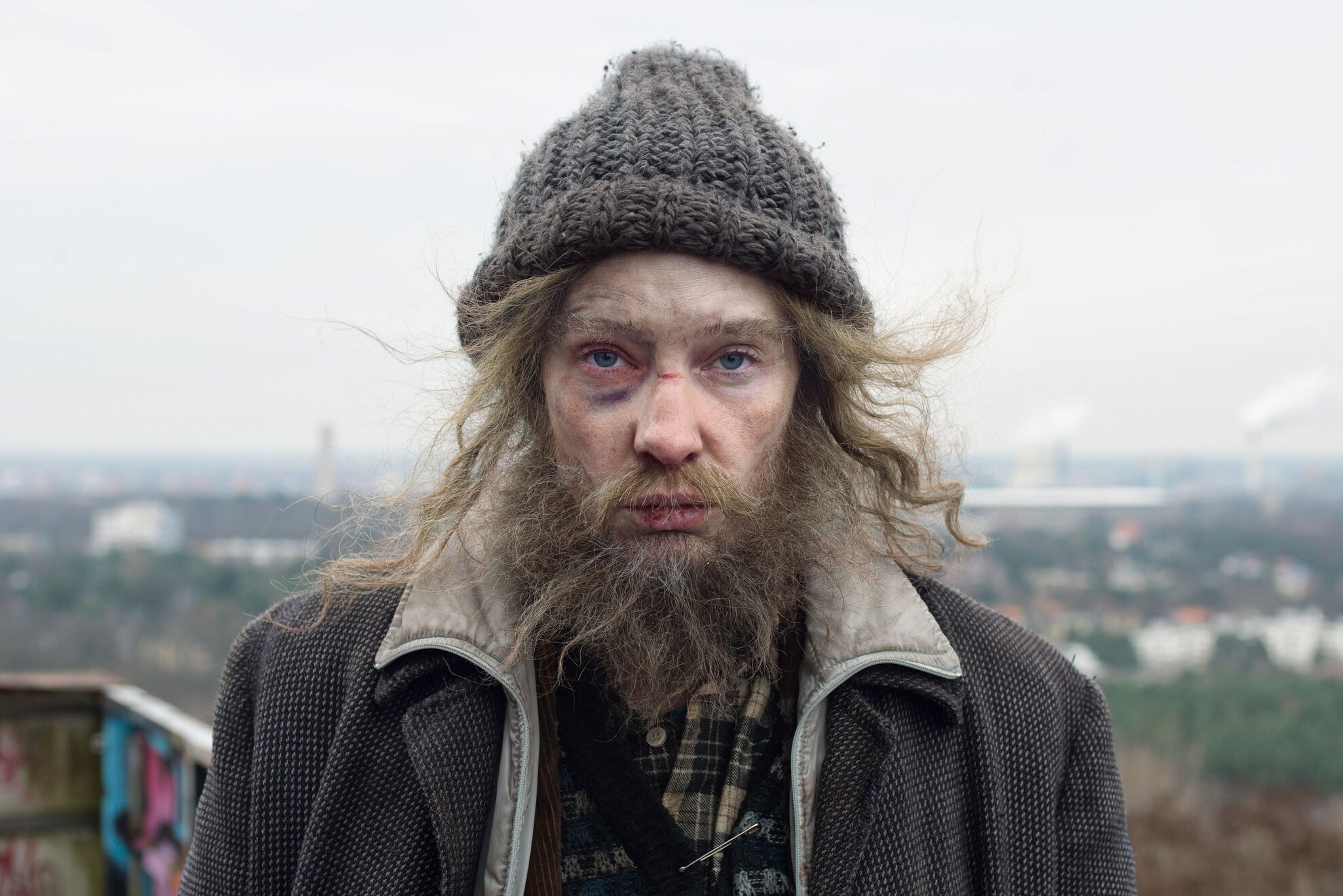
“I wanted to have one male protagonist,” explained Rosefeldt. “The 20th century was a very male-dominated era and most of the texts in the manifestos were also written by men. This one male figure in the very beginning is an expression of the part of society that didn’t make it”.
The movies screen amid dimly lit settings in a U-shaped hall of the museum, where the visual and verbal sections melt into a cacophonous fantasy. This arrangement makes spectators feel as if they were furtively peeping into the life of the protagonists, a reality perceived in real time.
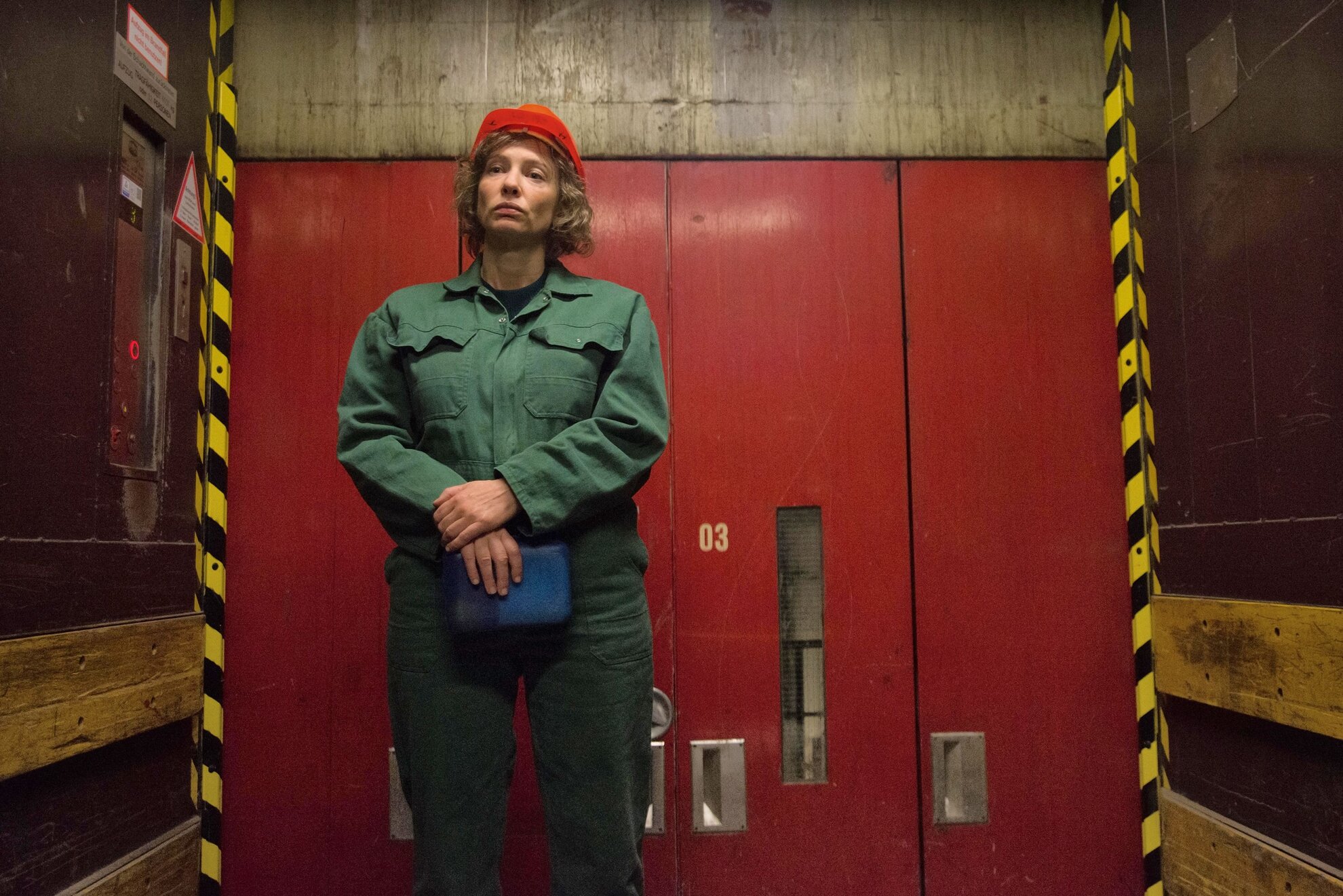
Each video runs for exactly 10 minutes and 30 seconds, while synchronised screening creates an interplay between the films. In regular intervals, the figures in all films interrupt their actions, turn towards the viewer and start singing. This produces a mystical choir of sound, made even more profound by the close-up filming of Blanchett on each screen mounted on the walls. “This repetitive moment of a choir happens at the same moment. They start together, but stop separately,” outlined Rosefeldt.
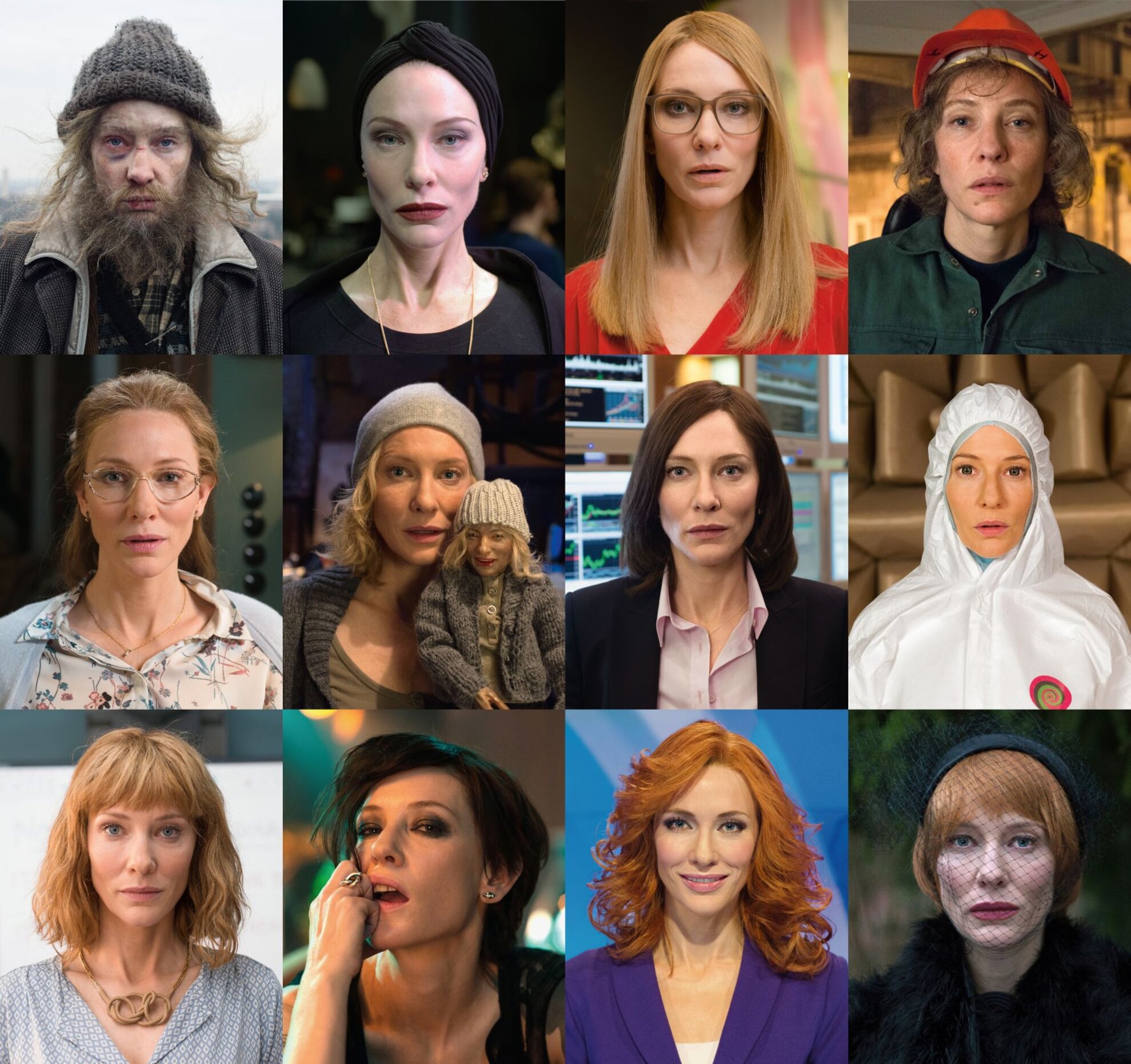
While these contemporary movies intertwined with historic philosophies might not be easy for everyone to interpret, Rosefeldt didn’t want to include subtitles with his films. The artist encourages the viewer to concentrate on the scenes and Blanchett’s incredible performance.
“In many of my films in this series, the text is in contradiction with the ambience. And you, as an audience, play an important role here. With this undertaking, I also wanted to learn if manifestos of the past still have significance today. But based on the feedback my exhibitions have been receiving, I can see that the declarations are relevant even in our present day, when manifestos are replaced by panel discussions, blogs and various online profiles,” the artist concluded.
The exhibition is on view from May 30th through August 12th.
